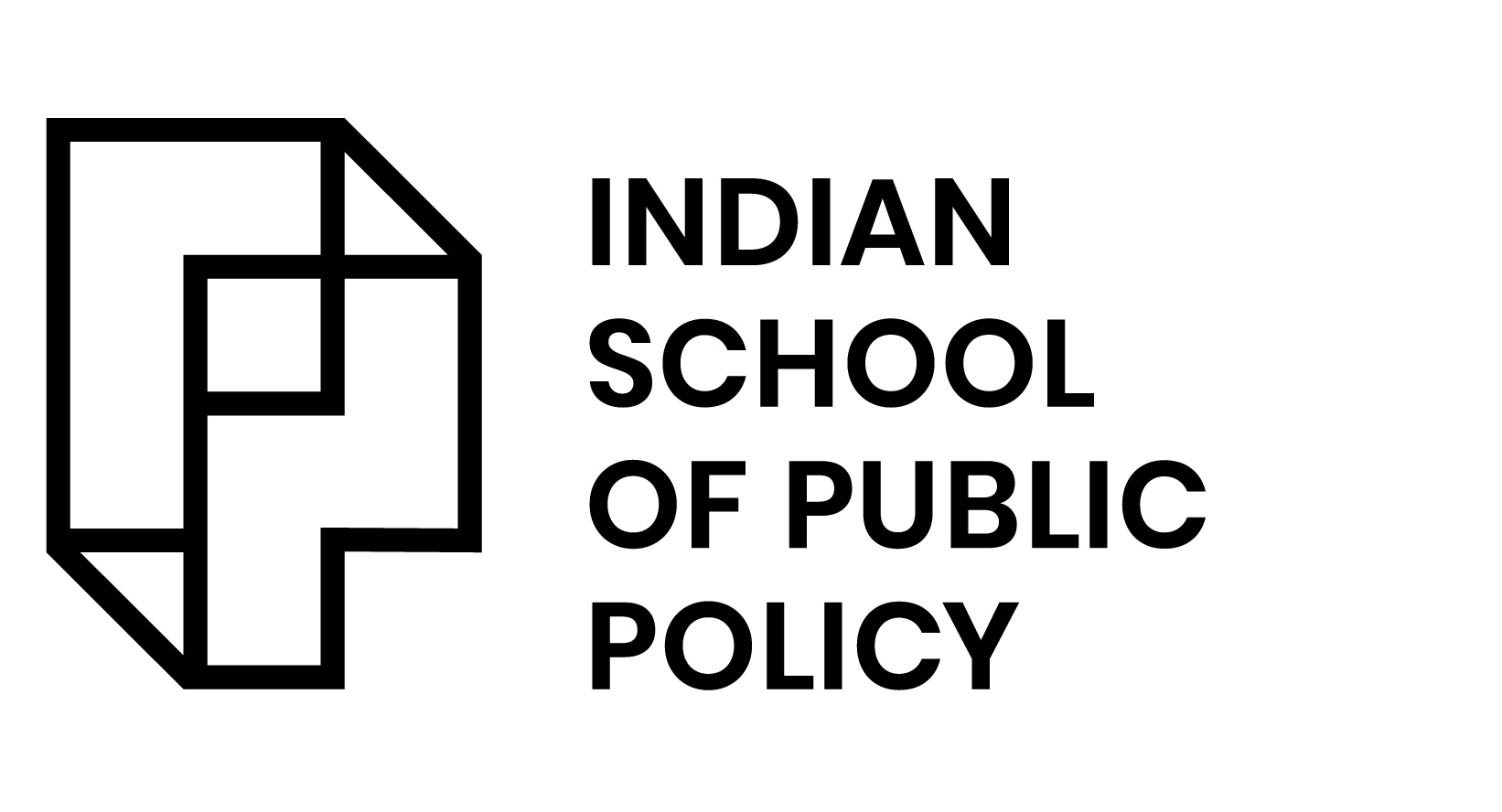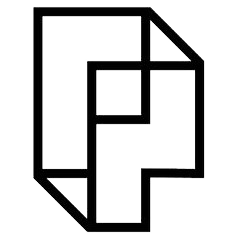
Exploring the different types of Public Policies in India

Whether you’re interested in government, private sector, or nonprofit roles, understanding policy is crucial. Policy encompasses initiatives, decisions, and actions aimed at tackling pressing societal issues—the key aspects that distinguish the types of policies.
.
But first things first, what are public policies? Let’s find out…
What is Public Policy?
Public policy encompasses laws, regulations, directives, and budget allocations formulated by governments to serve public welfare. It’s a dynamic process involving multiple stakeholders, shaping policies influenced by diverse interests and considerations. Consequently, government policies evolve, reflecting changing societal needs and circumstances. Through periodic reviews and revisions, governments ensure policies remain relevant and effective, aligning with society’s evolving needs and aspirations.
Ready to explore the intricacies and the different types of Public Policies?
Type of Public Policies
Public policy falls into four main types: substantive, regulation, distribution, and redistribution. Each serves distinct purposes and addresses specific societal challenges. Whether it’s shaping laws, allocating resources, or ensuring fairness, understanding these categories illuminates the multifaceted nature of policymaking.
1. Substantive Policies
Substantive policies serve as the foundation of Public Policy endeavours. They are crafted to address fundamental societal issues directly and are marked by their targeted approach to resolving pressing challenges. Below are several examples illustrating substantive policies and their significance in tackling various societal concerns.
➤ Education Reforms
Education reform strives to enhance the quality and accessibility of the educational system in the United States. Its goal is to bolster student performance and narrow the achievement gap across diverse demographics within the nation.
Examples of initiatives in the academic field may include –
- Curriculum Improvement – Upgrading school curricula to meet evolving educational and job market requirements.
- Teacher Development Initiatives – Creating programmes to enhance teachers’ abilities and credentials.
- Ensuring Educational Access – Enforcing measures to guarantee high-quality education access for all students through public, private, or charter schools.
➤ Criminal Justice Reform
Enhancing the fairness, effectiveness, and equity of the criminal justice system is the primary aim of the criminal justice Public Policy process. These policies aim to diminish crime, bolster public safety, and uphold justice for all members of society.
Key measures include –
- Criminal Sentencing Reform – Review and update sentencing guidelines, addressing issues like mandatory minimums and prison overcrowding.
- Crime Reduction – Analyse demographic data to implement public policies and effective measures for reducing city crime rates.
- Prisoner Rehabilitation – Develop programmes to support the reintegration of offenders into society.
➤ Immigration Policies
Immigration policies encompass border security, visa regulations, and pathways to citizenship. They aim to regulate immigration flows, protect human rights, and address pertinent issues within immigration systems.
Components of India’s immigration policy may include –
- Border security strategies aim to fortify borders while upholding humanitarian values.
- Visa processes, like work and family reunification visas, are under review for reform.
- Accessible pathways to citizenship are being developed to ensure fair legal status attainment.
➤ Technology and Innovation Policies
Tech and innovation policies drive progress, encouraging research and development to boost economic growth. They support tech industries and foster competitiveness. Initiatives may include:
- Research funding stimulates innovation through grants and incentives in scientific fields.
- Startup support aids entrepreneurs and new businesses, fostering economic development.
2. Regulation Policies
Regulation policies safeguard public interests and industry ethics, ensuring safe operations. They encompass diverse domains, each with unique challenges. Here are examples of regulatory policies.
➤ Environmental Policy
Environmental regulations exemplify regulatory policies, prioritising environmental protection, pollution mitigation, and global sustainability challenges.
Key components of environmental regulations include –
- Emission Standards – Establishing thresholds for pollutants emitted by industries, vehicles, and power sources to curb environmental harm.
- Ecosystem Preservation – Enforcing actions to conserve and restore vital ecosystems like wetlands and forests.
- Sustainable Practices – Encouraging eco-friendly methods in agriculture, forestry, and fisheries to maintain environmental well-being.
➤ Food Safety Regulations
Food safety policies play a crucial role in safeguarding public health by overseeing the safety and quality of food items. These regulations concentrate on averting foodborne diseases and maintaining the integrity of the food distribution network.
Key elements include –
- Inspections and Audits – Regular checks on food facilities to ensure hygiene and safety norms compliance.
- Labelling Requirements – Enforcing accurate labelling of ingredients, allergens, and nutritional content.
- Contaminant Limits – Establishing thresholds for harmful substances like pesticides and additives in food items.
➤ Labour Regulations
Labour regulations aim to safeguard workers’ rights and welfare, set standards for employment practices, and prevent exploitation. These rules ensure fair treatment, safe working conditions, and just compensation for employees.
These policies encompass:
- Minimum Wage Laws – Setting a baseline wage to ensure workers receive fair pay for their labour.
- Workplace Safety Regulations – Enforcing standards to prevent accidents and maintain safe working conditions.
- Anti-Discrimination Measures – Upholding laws that prohibit bias based on race, gender, disability, and other factors in the workplace.
➤ Financial Regulations
Financial regulations are crucial for maintaining stability in the financial industry and safeguarding the interests of consumers.
These policies include:
- Banking Oversight – Government supervision of banks and financial entities to uphold financial system integrity.
- Consumer Safeguards – Rules protecting consumers from fraudulent activities and ensuring transparency in financial dealings.
- Stock Market Regulation – Supervising stock exchanges to prevent market manipulation and maintain market integrity.
➤ Healthcare Regulations
Ensuring the quality and safety of healthcare services and products is paramount, necessitating robust healthcare regulations.
These policies encompass:
- Safety – Indian drug policymakers are committed to upholding the safety and effectiveness of pharmaceuticals through stringent testing and approval procedures.
- Standard – They establish standards for healthcare facilities to uphold quality patient care.
- Accessibility – Regulate health insurance providers to ensure accessible and affordable coverage.
3. Distribution Policies
Distribution policies play a vital role in fostering equitable resource allocation and ensuring fair benefits distribution among individuals or societal groups. Their aim is to minimise inequalities and enhance social and economic welfare.
Here are some examples of distribution policies.
➤ Housing Policies
Housing policies constitute a significant aspect of social policy. They strive to ensure accessible and suitable housing options for every segment of society, prioritising affordability and adequacy for all.
These policies encompass various initiatives, including:
- Programmes for Affordable Housing – Initiatives offering subsidies to low-income households to enhance their access to secure and affordable housing.
- Zoning Revision – Streamlining zoning regulations to enable greater flexibility in the types of housing developments permissible within specific regions.
- Legislation Against Discrimination – Enforcement of laws barring housing discrimination based on characteristics such as race, gender, disability, or family status.
➤ Social Security Programmes
This social policy endeavours to offer economic support to individuals and families encountering financial hardships.
Key components include –
- Unemployment Benefits – Helps workers temporarily out of a job with financial support.
- Disability Benefits – Assists individuals with disabilities in meeting their basic needs.
- Retirement Pensions – Offers financial security to retirees through pension programmes.
➤ Education Funding
Education funding policies ensure equal access to quality education regardless of socioeconomic status.
These policies encompass:
- Ensure fair school funding by distributing resources based on student needs.
- Offer scholarships and grants for higher education costs.
- Expand access to quality early childhood education.
➤ Agricultural Subsidies
Agricultural policies encompass subsidies and support programmes to maintain a stable and sustainable food supply while aiding farmers.
Components of these policies include:
- Crop insurance shields farmers from financial losses caused by crop failure or natural disasters.
- Price support programmes stabilise farm incomes by enforcing price floors.
- Conservation initiatives incentivise eco-friendly farming practices.
4. Redistribution Policies
Redistribution policies play a crucial role in managing federal, state, and local taxation and financial decisions affecting income inequality and resource distribution.
Several examples of redistribution policies include:
➤ Progressive Taxation
Redistribution policies often rely on progressive taxation, which sets tax rates proportionately to income levels. This approach aims to distribute financial burdens among citizens more fairly.
Key elements include:
- Income tax is structured to impose higher rates on higher income brackets, ensuring a more substantial tax contribution from wealthier individuals.
- Capital gains tax applies graduated rates to investment profits, scaling with the level of income derived from investments.
➤ Social Safety Nets
These social policies aim to offer economic assistance to individuals and families experiencing financial difficulties.
These programmes include:
- Unemployment Benefits – Aid for jobless workers to meet living expenses.
- Food Assistance Programmes – Ensuring access to nutritious food for low-income households.
- Temporary Assistance for Needy Families (TANF) – Cash support for families with dependent children facing financial hardship.
➤ Minimum Wage Adjustments
When minimum wage policies aim to uplift low-wage earners, they function as redistribution policies. Elevating the minimum wage guarantees fair compensation, aligning with the concept of a living wage.
Formal vs. Informal Policy
Public Policy, whether formal or informal, has profound implications for government, businesses, and civil society. Formal policy includes laws and regulations, shaping institutional frameworks. Conversely, informal policy consists of unwritten practices and traditions that guide officials and influence policy administration.
If you’ve read this far, you’re likely passionate about Public Policy. Pursuing a career in this field demands formal training and a recognised degree.
Navigating Career Paths in Public Policy
Creating effective policies requires comprehensive analysis and evidence-based decision-making. Competent policymakers are crucial in formulating and executing policies for societal betterment.
Knowing the educational routes is vital for individuals aspiring to enter the field of Public Policy. There is a ripe opportunity to build a career in this domain in India.
A Public Policy aspirant has two prominent choices –
A Master’s in Public Policy VS a Post Graduate Programme in Public Policy (PGP)
There are numerous Public Policy colleges in India providing primarily two types of programmes compared below. Which one should you opt for?
| Master’s in Public Policy (MPP) | Post Graduate Programme (PGP) in Public Policy |
| The Master’s in Public Policy (MPP) programme explores government policies and their societal impacts, providing a strong foundation for implementing public policies, carrying out analysis, and evaluation. Graduates typically pursue careers in government, nonprofits, or international organisations. | The Post Graduate Programme (PGP) in Public Policy in India focuses on enhancing students’ skills in policy-making and effectively implementing public policies, preparing them for roles in various sectors involved in the field. The curriculum includes economics, political science, law, and more, emphasising analytical skills and research methodologies. Graduates are prepared to assess policy issues and develop evidence-based solutions. When choosing a programme, consider factors such as admission requirements and career prospects. |
The Indian School of Public Policy
Creating next-gen policy leaders for a rising IndiaThe Indian School of Public Policy (ISPP) seeks to cultivate a new generation of policy leaders for India and its surrounding region. Its flagship programme in Public Policy, Design & Management (PDM) is designed for candidates who aspire to make a significant impact in the Public Policy arena.
Programme Highlights
The programme offers a comprehensive understanding of Public Policy and equips students with principles of design and management, aiming to develop more proficient systems thinkers and policy executives.
Learn more about the PDM curriculum.
Register your Interest to Study at ISPP
Interested? Apply now!!
Infographic

FAQS
Who forms Public Policy in India?
Public policies are formulated by government representatives involving various stakeholders.
Which is the top institute for Public Policy in India?
Indian School of Public Policy (ISPP) is a leading institute for Public Policy.
What is the public health policy in India?
Public health policy in India focuses on ensuring healthcare access and quality.
What are the environmental policies in India?
Environmental policies in India aim to balance development with ecological sustainability.
What is the doctrine of Public Policy in case law?
The doctrine of Public Policy in case law refers to principles guiding legal decisions.
What is MPH health management?
MPH Health Management is a programme focusing on public policy and public health administration in India and leadership.


